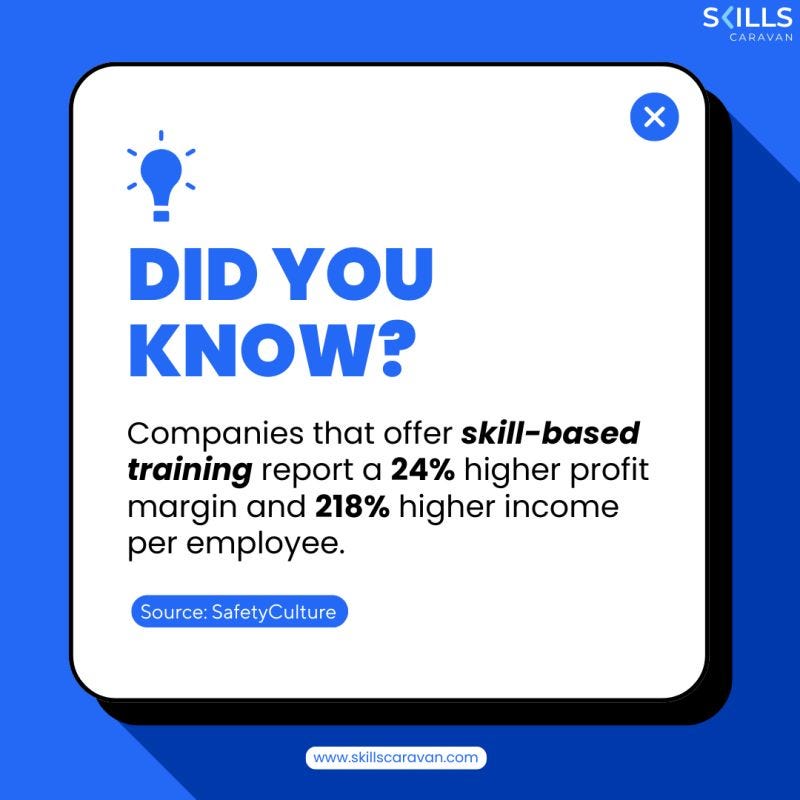Employee Lifecycle Training: Best Practices for Every Stage
In today’s dynamic workplace, the employee experience matters more than ever. Companies are shifting from traditional HR practices to more strategic, people-centered approaches that support growth, engagement, and retention. One such strategic focus is Employee Lifecycle Training — a method of aligning training and development initiatives with every stage of an employee’s journey within the organization.
In this blog, we’ll explore what Employee Lifecycle Training entails, why it matters, and best practices for implementing it effectively at every stage of the employee lifecycle.

What is Employee Lifecycle Training?
Employee Lifecycle Training refers to the structured development and learning initiatives tailored to each phase of the employee lifecycle. From recruitment to retirement, training plays a crucial role in onboarding, upskilling, performance management, and even exit procedures.
This approach ensures employees receive the right knowledge and support at the right time, enhancing performance, engagement, and long-term organizational success.
Why Employee Lifecycle Training Matters
Traditional training often focuses only on onboarding or compliance. But to create a truly empowered workforce, organizations need to embed learning into every stage of the employee lifecycle. Here’s why Employee Lifecycle Training is essential:
- Boosts productivity: Ongoing training ensures that employees stay competent and confident in their roles.
- Increases engagement: Employees who feel invested in are more likely to stay motivated and committed.
- Improves retention: Training shows a commitment to employee growth, which reduces turnover.
- Builds a learning culture: Continuous development fosters innovation and agility.
Stages of the Employee Lifecycle and Training Best Practices
1. Attraction and Recruitment
Even before hiring, Employee Lifecycle Training begins with training for hiring managers and recruiters. Proper training at this stage ensures unbiased, effective, and inclusive hiring practices.
Best Practices:
- Train HR staff on diversity and inclusion best practices.
- Use structured interview training to ensure fairness.
- Offer employer branding workshops to hiring managers.
2. Onboarding
Onboarding is one of the most critical stages in the employee lifecycle. It sets the tone for an employee’s experience and directly affects retention and productivity.
Best Practices:
- Create an onboarding checklist that includes systems training, culture sessions, and compliance.
- Include mentoring programs to help new hires integrate smoothly.
- Use digital onboarding platforms to enhance engagement and consistency.
3. Development and Learning
Once employees settle into their roles, it’s time to focus on skill development. This stage of Employee Lifecycle Training aims to upskill employees to improve job performance and prepare for future roles.
Best Practices:
- Develop personalized learning paths using Learning Management Systems (LMS).
- Offer both technical and soft skills training.
- Use microlearning modules for on-the-go development.
4. Performance and Feedback
This is the stage where ongoing feedback, goal setting, and performance evaluations occur. Training helps managers and employees engage in meaningful performance conversations.
Best Practices:
- Train managers on giving constructive feedback and coaching.
- Implement continuous performance management systems.
- Conduct workshops on goal setting and personal development planning.
5. Career Growth and Succession Planning
Employees who feel stagnant often look elsewhere. Career development is a key component of Employee Lifecycle Training, focused on preparing future leaders and retaining top talent.
Best Practices:
- Offer leadership development programs.
- Implement mentorship and cross-functional training.
- Use skills assessments to identify growth opportunities.
6. Retention and Engagement
Keeping employees motivated and satisfied is critical to long-term success. Training programs at this stage focus on building a positive culture and fostering inclusion.
Best Practices:
- Deliver workshops on mental wellness and stress management.
- Provide DEI (Diversity, Equity, Inclusion) training.
- Offer team-building programs and employee engagement initiatives.
7. Offboarding and Alumni Engagement
The final stage of the employee lifecycle often gets overlooked. However, well-managed offboarding and alumni training can turn former employees into brand ambassadors.
Best Practices:
- Train managers on conducting empathetic exit interviews.
- Provide knowledge transfer and documentation training.
- Offer post-employment training or alumni networking resources.
How to Build a Successful Employee Lifecycle Training Strategy
Implementing Employee Lifecycle Training requires a structured, thoughtful approach. Here are key steps to consider:
1. Conduct a Training Needs Analysis
Understand the learning requirements for each stage and role. Use surveys, interviews, and performance data to identify gaps.
2. Customize Training Content
One-size-fits-all doesn’t work. Tailor training materials to job functions, employee experience levels, and preferred learning styles.
3. Leverage Technology
Use LMS platforms, mobile apps, and AI-powered tools to deliver training efficiently. Track progress and gather insights to improve continuously.
4. Make It Continuous
Training should not be a one-time event. Promote a culture of lifelong learning through regular workshops, coaching, and online resources.
5. Measure and Adjust
Track KPIs like employee satisfaction, performance improvements, and retention rates to evaluate your Employee Lifecycle Training program’s effectiveness.
Final Thoughts
Investing in Employee Lifecycle Training is no longer optional — it’s a strategic imperative. By aligning learning initiatives with each stage of the employee journey, organizations can build a skilled, motivated, and loyal workforce. Whether it’s onboarding new hires or preparing seasoned professionals for leadership, effective training at every touchpoint leads to stronger organizational performance.
When done right, Employee Lifecycle Training becomes a competitive advantage — turning employees into brand advocates, problem solvers, and future leaders.



Comments
Post a Comment